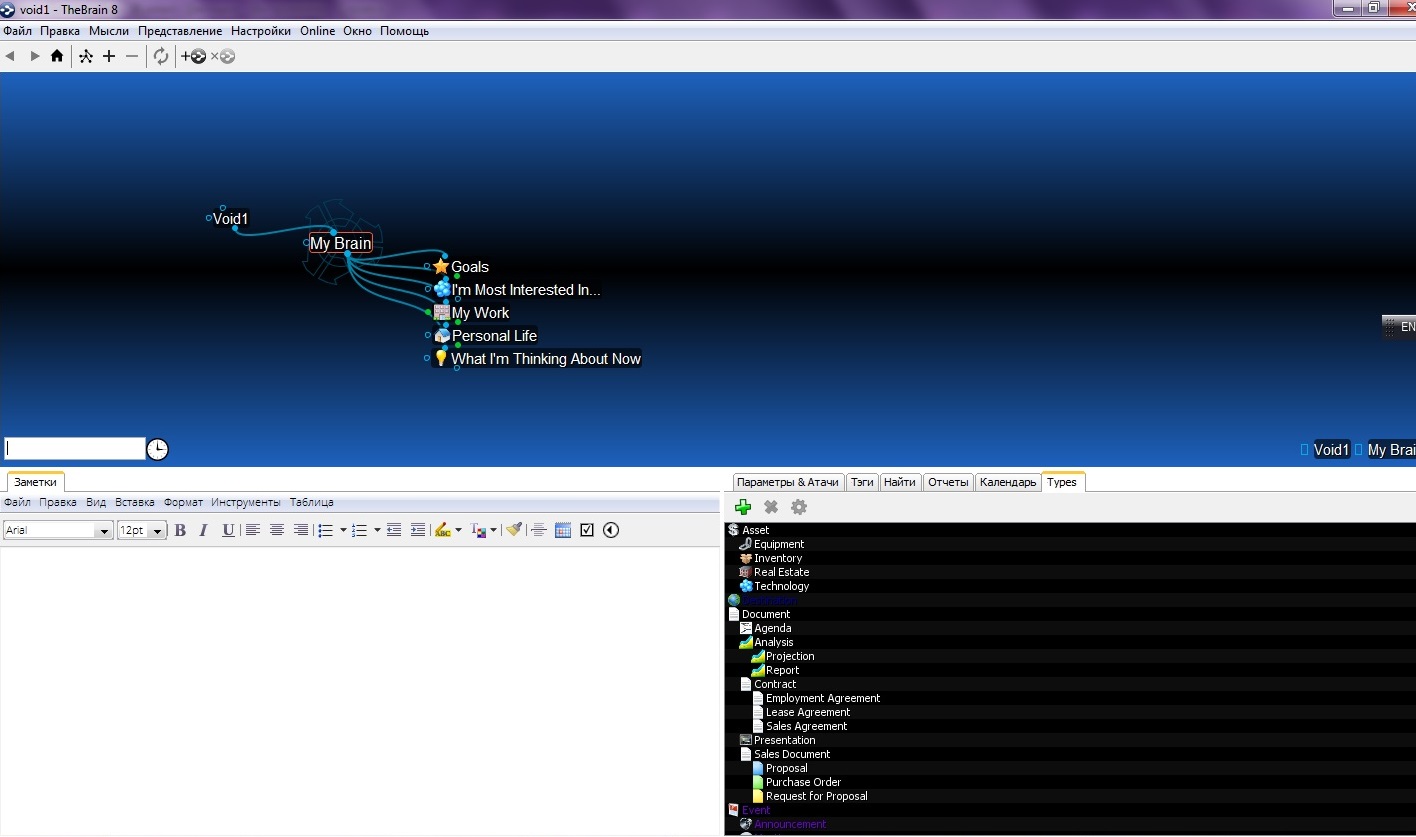

Yet, when “at rest”, this circuit uses 20% of the body’s energy (compared to the comparatively small 5% that any effort will require). When you unfocus, you engage a brain circuit called the “default mode network.” Abbreviated as the DMN, we used to think of this circuit as the Do Mostly Nothing circuit because it only came on when you stopped focusing effortfully. The brain operates optimally when it toggles between focus and unfocus, allowing you to develop resilience, enhance creativity, and make better decisions too. In keeping with recent research, both focus and unfocus are vital. As a result, decisions are poorly thought-out, and you become less collaborative. This energy drain can also make you more impulsive and less helpful. It can drain your energy and make you lose self-control. The problem is that excessive focus exhausts the focus circuits in your brain. Yet as helpful as focus can be, there’s also a downside to focus as it is commonly viewed. Few would argue with that, and even if they did, there is evidence to support the idea that resisting distraction and staying present have benefits: practicing mindfulness for 10 minutes a day, for example, can enhance leadership effectiveness by helping you become more able to regulate your emotions and make sense of past experiences. Focused techniques such as to-do lists, timetables, and calendar reminders all help people to stay on task. The ability to focus is an important driver of excellence.


 0 kommentar(er)
0 kommentar(er)
